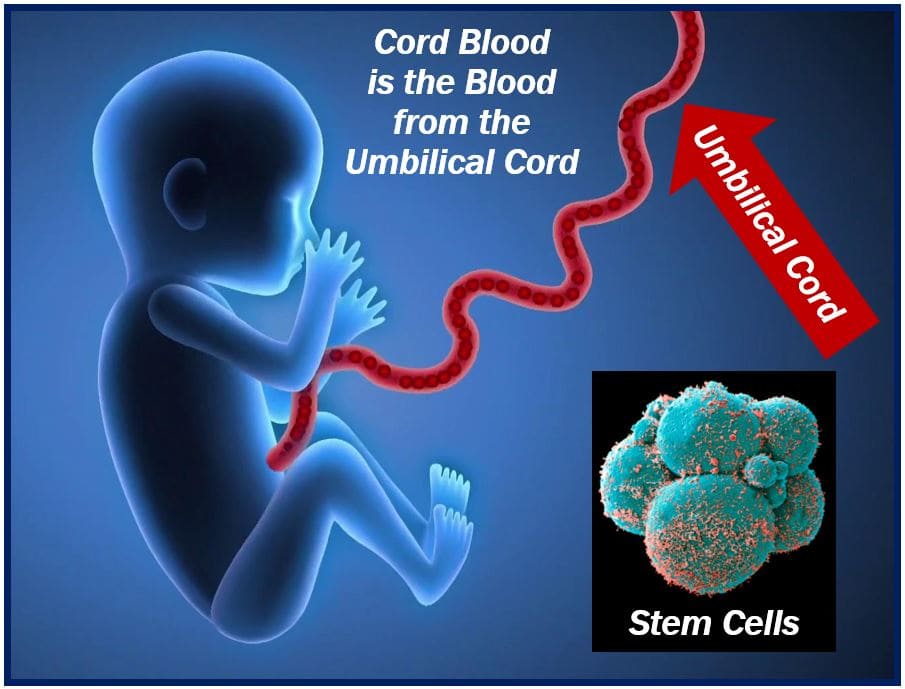Cord Blood Banking:
Cord Blood Collection:
Cord blood is the blood collected from the umbilical cord and placenta after childbirth.
The collection process is non-invasive and occurs after the infant is born and the umbilical wire is clamped and minimize.
Processing and Storage:
The collected cord blood is processed to isolate and retailer the stem cells it accommodates.
Cord blood accommodates hematopoietic stem cells, which may become varied blood cells and are used in the treatment of sure illnesses like leukemia and different blood problems.
The processed wire blood is then cryogenically preserved and stored in specialised services for long-term storage.
Medical Applications:

Cord blood stem cells can be used in hematopoietic stem cell transplantation, significantly for patients with sure genetic disorders, cancers, and blood-related diseases.
Private vs. Public Cord Blood Banks:
Private twine blood banks retailer wire blood for the unique use of the baby and their family.
Public cord blood banks collect and retailer cord blood for public use, making it obtainable to anybody in want.
Tissue Banking:
Tissue banking entails the collection and preservation of various tissues for potential medical use. Visit this link can include:
Sperm and Egg Banking:
Sperm and egg banks store reproductive cells for fertility preservation.
Individuals dealing with medical therapies that will influence their fertility, similar to chemotherapy, might choose to bank sperm or eggs for future use.
Bone and Connective Tissue Banking:
Bone and connective tissues, such as tendons and ligaments, could be harvested from donors and preserved for use in orthopedic and reconstructive surgical procedures.
Cornea and Eye Tissue Banking:
The corneas of deceased donors can be preserved and used for corneal transplants to revive imaginative and prescient.
Skin Tissue Banking:
Skin tissue could be donated, processed, and stored for use in grafts for burn victims or people with severe pores and skin accidents.
Heart Valve Banking:
Heart valves could be recovered from donors and preserved to be used in valve replacement surgical procedures.
Umbilical Cord Tissue Banking:
In addition to cord blood, the tissue from the umbilical cord itself contains a special type of stem cell. This tissue could have potential therapeutic applications and can be being banked by some services.
Both cord blood banking and tissue banking provide valuable assets for medical remedies, research, and future therapies. They supply options for people and households to preserve biological materials that will have medical significance down the line, whether for their very own use or for the good factor about others in need..
